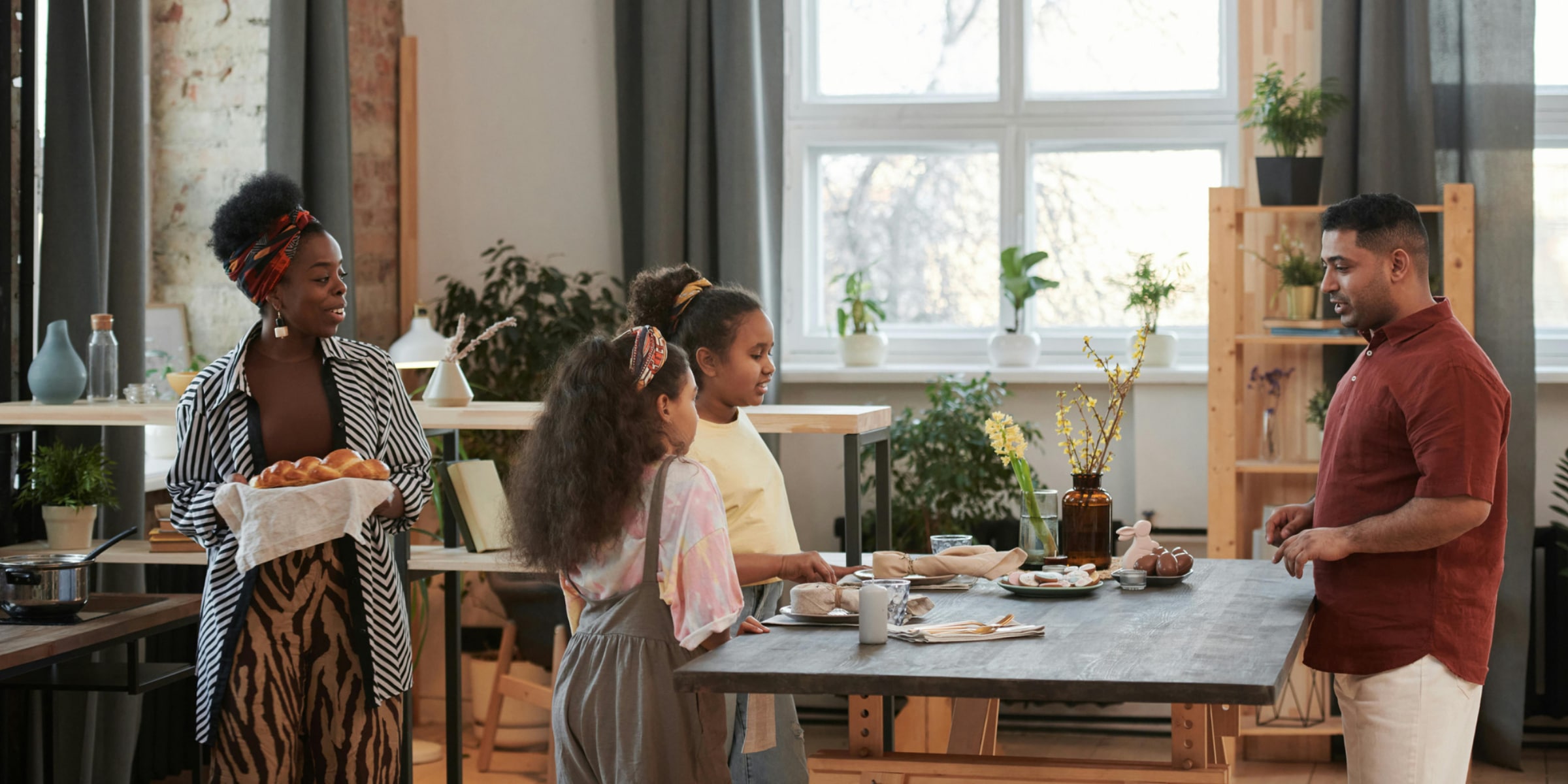How to Restore a Heritage Home in Melbourne Without Losing Its Character
- Yorgo

- May 27
- 4 min read
Updated: Oct 1
Restoring your heritage home in Melbourne is a unique challenge. It requires a delicate balance between preserving historic charm and integrating modern functionality. With Melbourne’s diverse architectural history, it’s crucial to approach your heritage home renovation process with respect, care, and craftsmanship. Whether you’re restoring a Victorian terrace or breathing new life into an Edwardian classic, let Yorcon experts help you renovate or restore a heritage home without compromising its character.
Understand the Heritage Significance
Before starting any heritage home renovations, it’s crucial to research your property’s historical context to fully understand what your home has been through and how it stands to this day. Heritage homes are often protected under local planning schemes, requiring specific approvals for restoration or modification. Start by checking the Heritage Victoria database or consulting your local council to understand any restoration restrictions or requirements. It’s also best to consult a professional heritage home builder like Yorcon in Melbourne. Our team here at Yorcon can help address these regulations and ensure your project’s compliance with local heritage guidelines.
Preserve Original Features Wherever Possible
One of the key aspects of a period home renovation in Melbourne is preserving its original architectural elements. Beautiful and unique features like cornices, ceiling roses, timber floorboards, and fireplaces are integral to the home’s character and represent the home’s unique charms and beauty over time. Looking for solutions to restore these elements rather than replacing them helps retain a heritage home’s historic essence.
Where restoration is not possible, use reclaimed materials or custom reproductions that match the original style. This approach keeps your renovation authentic and respectful of the property’s heritage. At the end of the day, the purpose of restoring a heritage home is to preserve its character and the traces of time it holds through the decades.
Blend Old and New
Modernising a heritage home doesn’t mean stripping it of its charm. The key point of restoring a heritage home is to integrate modern features subtly and thoughtfully to elevate old features and make them functional again. For example, you can add your favourite contemporary lighting or energy-efficient windows while maintaining period-appropriate detailing as long as it matches the house’s mood.
Also, you can introduce modern comforts through discreet upgrades. For instance, explore adding hidden electrical systems, modern insulation behind original walls, or energy-efficient heating that doesn’t disrupt the aesthetic.

Use Period-Appropriate Materials
When working on heritage home renovations, choosing the right materials that match the original structure matters a lot. You may need to source handmade bricks, heritage-approved roofing materials, authentic tiling and stone finishes, reclaimed timber, or traditional plasterwork. Skilled heritage builders can help locate such materials or craft replicas that match the original design without losing its elegance.
Plan for Modern Functionality
While preserving character is vital, your heritage home renovations should also accommodate contemporary living. Thoughtfully strategised planning with clear vision can help integrate
modern kitchens, remodelled bathrooms, and open living spaces without detracting from the home’s historic appeal. Here are some ideas to explore:
Retain high ceilings while modernising lighting.
Combine traditional cabinetry with modern fixtures.
Use neutral, timeless colours that complement the original details.
Ensure Structural Integrity
Older homes can present challenges with structural stability due to their age and the passage of time. Some will require reinforcing foundations, updating roof structures, or addressing extensive moisture issues. These improvements are essential for ensuring a stable home that will last in the long run. Working with a builder or construction team experienced in heritage home renovations is vital, as they can safely complete these repairs, reinforcements and upgrades without damaging the home’s original features.

Get the Right Approvals
As mentioned, heritage-listed properties require specific permits before making alterations. Your renovation plan should include consultation with local authorities and heritage architects to ensure all work is legally compliant. Here are some approval documents you might need to get before starting your renovation process:
Architectural drawings for council approval
Conservation plans outlining preservation methods
Permit applications for modifications
Focus on Sustainability
Heritage house restoration projects can include sustainable practices without compromising historical character. This might include installing solar panels discreetly, using reclaimed building materials, or upgrading to energy-efficient HVAC systems. You can consider using low-impact, breathable paints for your heritage home. It’s also possible to upgrade windows with heritage-style double glazing or incorporate water-saving fixtures that suit the period style based on your consultation with your local heritage home builders.
Ready to Start Your Heritage Restoration?
Restoring a heritage home is a delicate process that requires experience, skill, and a deep appreciation for history. At Yorcon, we specialise in heritage home renovations and heritage house restoration in Melbourne. Count on us to deliver the best-quality craftsmanship while preserving the essence of your property. We approach each project with precision, using the finest materials and techniques to ensure a result that respects tradition and modern standards. Let Yorcon help you bring your heritage home back to life while preserving its unique charm and history.













Comments